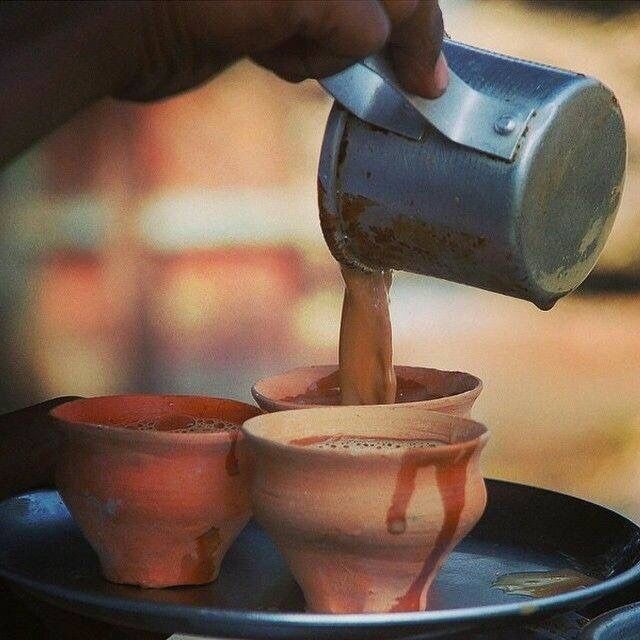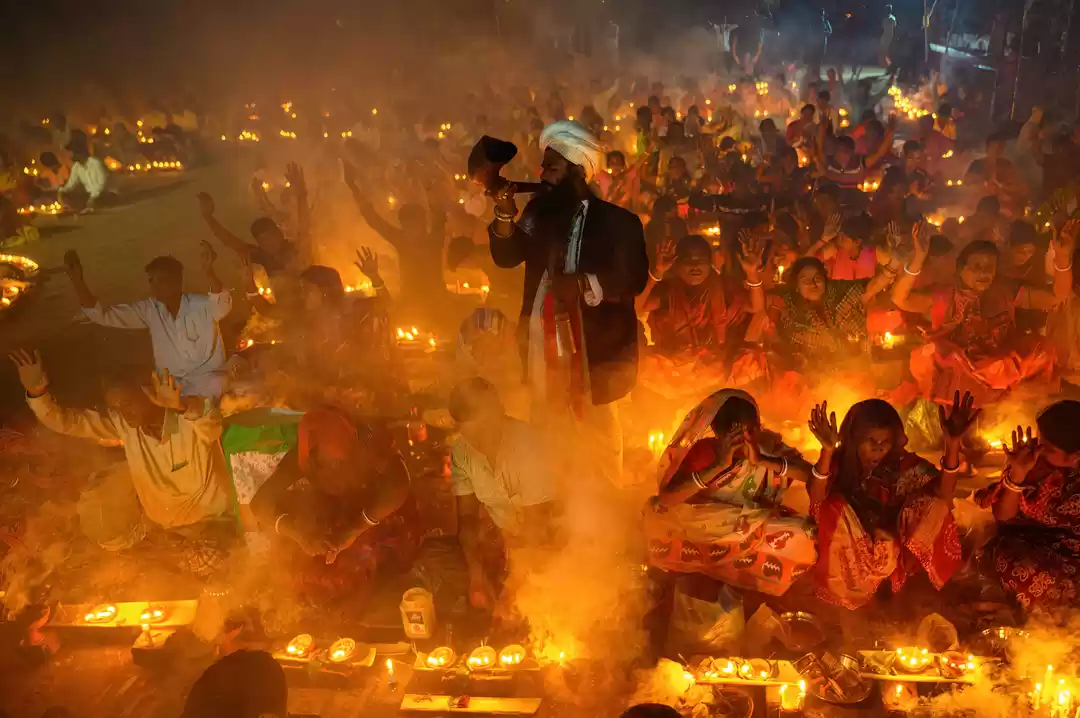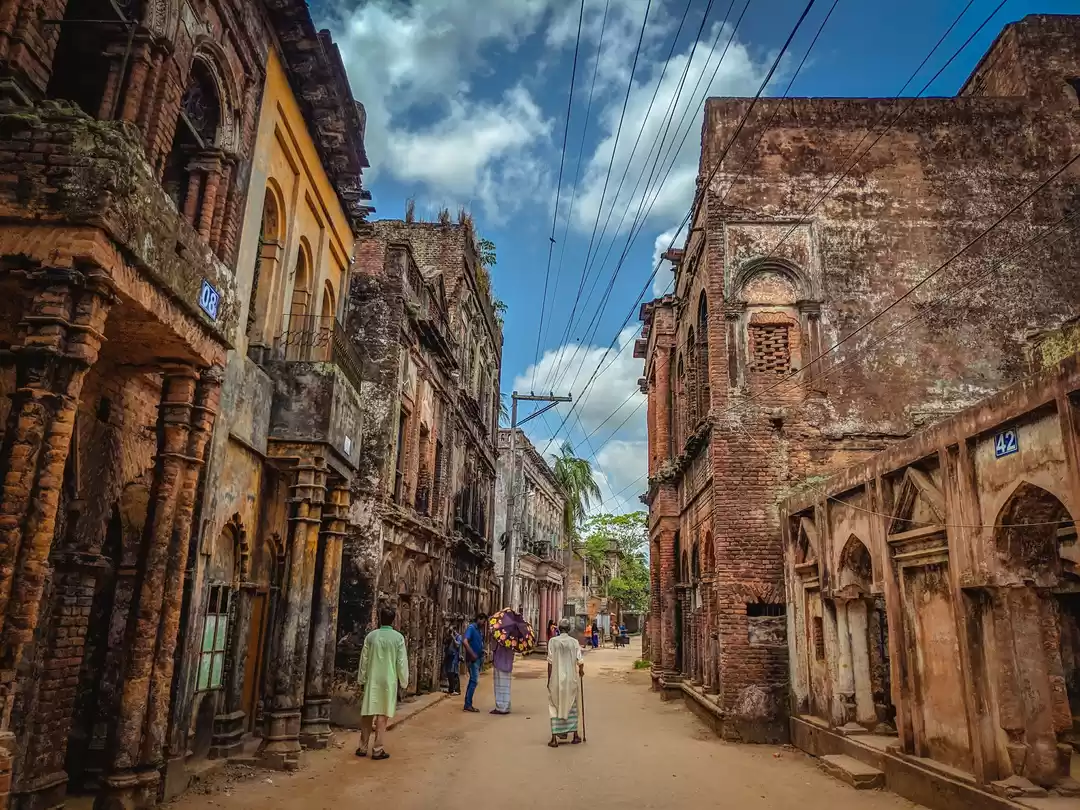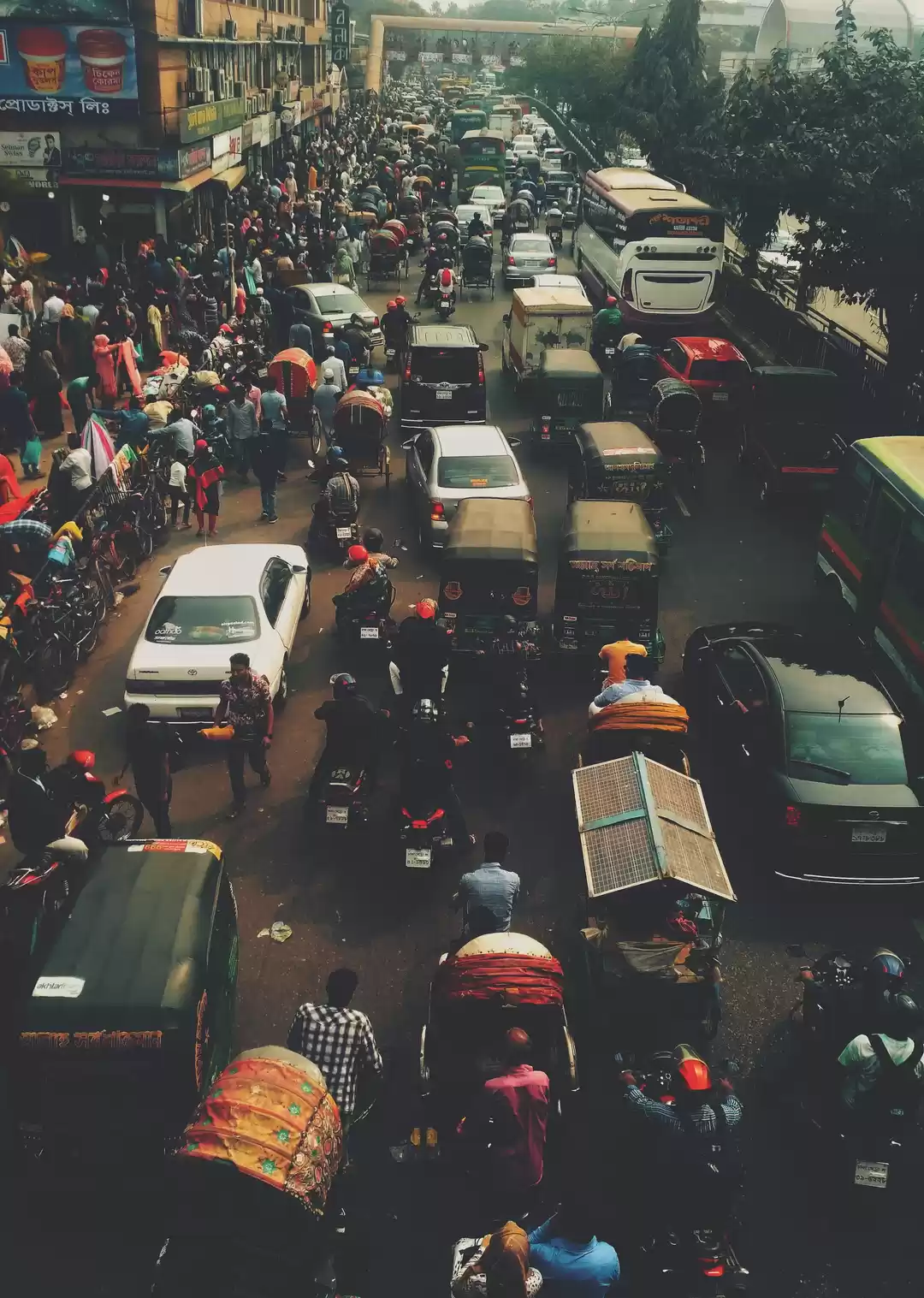It’s winter and the monkey caps are out in Bengal. The nip in the air makes the Kolkattan soul crave for a piping hot cup of cha in small earthen cups. What better accompaniment to this than an evening full of music soaked in earthy, rustic flavours?

A friend and I were in luck one such chilly January evening, as we walked towards one of our regular haunts to the strains of effusive Baul music. The '14th Baul Fakir Utsav' was in full swing, featuring famous Baul artists in the Shaktigarh Math with music lovers and singers milling about.


Bauls are a syncretic religious sect with strains of Tantra, Sufi Islam, Vaishnavism and Buddhism. Baul gaan (song) is a form of folk music sung by minstrels from the Bengal area in South Asia. This constitutes Bangladesh, the Indian states of West Bengal, Tripura and Assam’s Barak Valley. Baul music has roots in Bengal’s rural culture and celebrates celestial love with the use of earthly metaphors which point towards essential life truths.

Though the origin of these mystic artists remains unknown, mention of Bauls has been found in Bengali texts dating as far back as the 15th century. Etymologically, the word baul may have been derived from the Sanskrit word vatula which means ‘enlightened, lashed by the wind to the point of losing one's sanity, god's madcap, detached from the world, and seeker of truth’. Another possibility of the origin of the word may be the Sanskrit word vyakula which stands for ‘a state of restlessness or being disordered’. Since their music carries with it the aroma of the earthly soil characterised by their nomad-like dwelling, their songs are sung in hearty, strong strains longing for union with the divine.
Bauls are identifiable by their eclectic, colourful choice of clothing accompanied by music instruments such as the ektara, dugi (small hand-held earthen drum), cymbals and ghungroo among others.

Sadly, the Baul tradition is faltering owing to lack of support and proper recognition of Baul artists. Artists are struggling to eke out a living through Baul music and as a result, they are looking for more lucrative avenues and abandoning this rich, old tradition. The 'Baul Fakir Utsav' aims to infuse life into this dying art by bringing it to the forefront for more people to enjoy the beauty of this rustic, oral form of art. The Utsav, much like the music, transcends boundaries by bringing together artists from India and Bangladesh’s Kushtia, Dhaka, Farezuddin and Sylhet district – a melodious union to the twang of simple instruments. The beauty of Baul gaan lies in its simple, heartfelt lyrics and a lot of famous artists have been smitten by the art, such as Rabindranath Tagore, Lalon Fakir, Kartik das Baul, Nazrul Fakir and Paban Das Baul, to name a few. Baul music has left imprints on a large part of Bengali culture as well as on the works of famous artists such as Tagore whose writing and songs held a whiff of Baul gaan. An example of the simple beauty of a Baul verse is given below in this song sung by Lalon Fakir:
চিরদিন পুষলাম এক অচিন পাখি
ভেদ-পরিচয় দেয় না আমায়
ঐ খেদে ঝরে আঁখি
আমার ঐ খেদে ঝরে আঁখি।।
Forever I tamed an unknown bird
Yet I don't know its identity
I lament over this grief.
I can hear what it mutters
But I can't see its shape and form
Blurred is my vision
It'll fly off one day throwing dust in my eyes.
The phrase moner manush is an oft found phrase in Baul music denoting a lover (possibly the 'Supreme Being') in which you can find divinity, who is unattainable while simultaneously being always close to you. This search for moner manush has singers emote through some truly beautiful lyrics which we saw first-hand in the carnival-like atmosphere of the festival.


There were people squatting on thin carpets laid out in front of the stage as singers stepped forth and sang in full-throated ease. The rhythm, the beats and the beautiful lyrics had most enthralled as shouts of appreciation emanated from the crowd, charging up the atmosphere. Baul artists threw out riddles of life to the crowd as volunteers scurried to get that perfect angle of the singers in an effort to showcase Baul to more people in the world. The Utsav had volunteers working free of charge, young and old, without any support from the government or corporates.

A true-blue Kolkattan loves food as much as he loves culture, and food is a big part of Bengali culture. We surfaced from listening to lyrical profound philosophies and headed towards the numerous stalls standing in the open ground. Colourful garb, artwork, books and paintings adorned the stalls as singers and music enthusiasts mingled and loudly discoursed on topics. Flickering lights flew high up in the sky and balloons bobbed gently in the breeze.


We headed towards the stalls which lured us in with delicious smells. There were prawn pakoras sizzling in pans, turning a beautiful golden brown. Eager hands grabbed at paper plates full of cutlets, fish fry, biryani and chicken chaap. We opted for some steaming prawn pakoras with spicy chutney as the music continued behind us. Stomachs rumbling, we sought out another stall dishing out piping hot luchis (puris) accompanied by alu dum, a rich spicy potato gravy. The fluffy luchis filled with a mixture of green peas coupled with the rich spicy potato gravy dispelled all thoughts of giving up materialism as Baul gaan advocated. We rounded up our gorging session with some frothy hot coffee to combat the chill in the air.


With the grounds abuzz with song, laughter and food, the festival continued into the wee hours of the night under bright lights. Baul gaan had given us a chance to transcend the mundane activities of everyday life which we are steeped in and helped us glimpse at what really matters. Watching the Bauls pour out their heart in song whilst dancing on stage in mirth made me realise that these people with their simple lives are closer to the truth than we’ll ever be. Satiated, we directed our steps homeward with food in our tummies and Baul gaan in our hearts. Maybe someday you and I will find our moner manush.
Does Baul music soothe your soul? Let us know in the comments below!
Narrate travel experiences close to your heart here!













